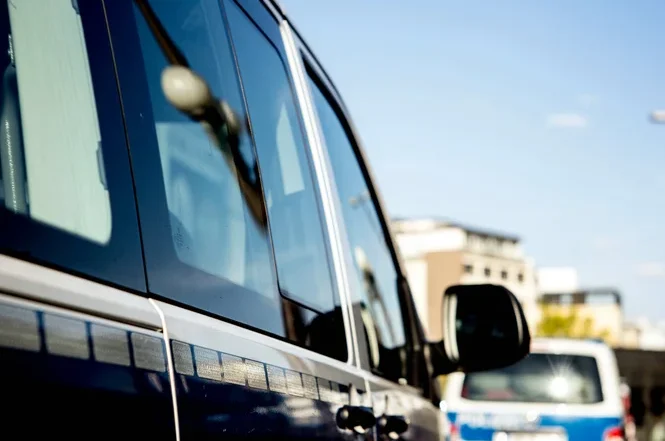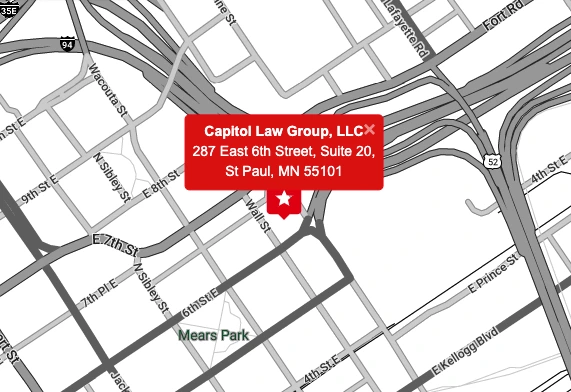Ask a St. Paul Criminal Defense Lawyer: Are DWI Checkpoints Legal in Minnesota?

For many years, this legal area was very unsettled. Finally, in 1990’s Michigan Department of State Police v. Sitz, the Supreme Court ended these questions and legalized DWI checkpoints, as long as they meet certain requirements. But, as is often the case, implementation was slow. The Supremes decided Brown v. Board of Education, the landmark desegregation case, in 1954. Yet segregation persisted, in certain forms and certain parts of the country, until at least the 1980s.
Even today, a few states have still not passed enabling legislation. But in Minnesota, DWI checkpoints are now legal. Again, that’s assuming the roadblock meets or exceeds certain specifications. If a checkpoint does not pass muster in any area, a St. Paul criminal defense lawyer can invalidate the roadblock. If that happens, the stop was illegal under the Fourth Amendment, and judges typically throw such cases out of court.
Respect for Individual Rights
Proper DWI checkpoints allow law enforcement officers to circumvent the Fourth Amendment. However, other Constitutional rights remain unaffected.
Drivers have the right to remain silent. They need not answer police officer questions, like “what is your business here” or “where are you coming from.” In fact, drivers need not even roll down their windows.
That being said, the right to remain silent is not absolute. Motorists must comply with basic “stop the car” commands. Additionally, they must provide documents for inspection, mostly a drivers’ license and proof of insurance. However, as mentioned, if an officer requires a driver to roll down the window and produce the documents, a St. Paul criminal defense lawyer might be able to invalidate the checkpoint.
Unlike other roadblock requirements, this one is sometimes difficult to prove. If it is the driver’s word against the officer’s word, most Ramsey County jurors will believe the officer. So, St. Paul criminal defense lawyers often need to collect additional evidence on this point. Law enforcement records usually include the names and drivers’ license numbers of any other motorists detained at the checkpoint.
Supervisor-Level Decisions
Officers cannot unilaterally decide to set up checkpoints. That decision must come from a high-level supervisor, like a police chief or elected sheriff. Additionally, a supervisor must determine most operational details. Generally, field officers can have no discretion in this area. There is only one major exception, which is discussed below.
Advance Advertisement
This requirement is just an empty technicality. Law enforcement must provide enough publicity so that drivers may avoid the area altogether if they so desire. Therefore, a single Facebook post or Tweet is normally insufficient. Multiple social media posts might do the job, as does a press release.
Reasonable Duration and Location
“Reasonable” is a rather broad word that means different things in different contexts. But as a general rule, if the roadblock lasts for more than three or four hours, that’s probably too long. The aforementioned Fourth Amendment waiver only goes so far. Additionally, officers can only set up checkpoints in high DWI areas. That means no roadblocks in residential or minority areas. These roadblocks are usually just excuses to randomly detain motorists.
Adequate Signage and Safety Precautions
A DWI checkpoint is not a fancy speed trap. That setup is unsafe for motorists and officers alike. Instead, the roadblock must have prominent “DWI Checkpoint Ahead” warning signs along with lots of lights and traffic cones. Moreover, other signs should give motorists instructions, like “Be Prepared to Stop” and “Have Drivers’ License Ready.” On a related note, DW roadblocks cannot be on freeway off-ramps and other unsafe locations. Such places might be better for law enforcement because there is more traffic. But safety first.
St. Paul Criminal Defense Lawyers and a Neutral Formula
We sometimes use the term “random” checkpoint, but roadblocks are not random. Officers cannot detain some motorists and wave others through. Instead, the detentions must follow a set formula which the supervisor established. For example, officers might detain every other vehicle. And, if they have reasonable suspicion of DWI or other criminal activity, they can conduct a further investigation. If traffic backs up, officers have the discretion to change the formula, perhaps to every third or fourth vehicle. This requirement bleeds into the final one, which is. . .
Brief Detention Duration
The overall checkpoint length must be reasonable, and individual wait times must be brief. Once again, there is no hard and fast rule. But generally, if motorists wait more than about twenty seconds, that’s too long. The clock starts ticking at the first “DWI Checkpoint Ahead” sign, which should normally be at least 1,000 feet away from the actual checkpoint.
Reach Out to an Experienced Attorney
Unless DWI roadblocks adhere to certain requirements, they are illegal. For a free consultation with an experienced St. Paul criminal defense lawyer, contact Capitol City Law Group, LLC. Go online now, call us at 651-705-8580, or stop by 287 6th St E, Suite 20, St Paul, MN 55101.




